Take the First Step For Estimate!
- Accurancy
- Efficiency
- Transparency
- Customization
- Time Saving
- Professionalism
- Cost Control
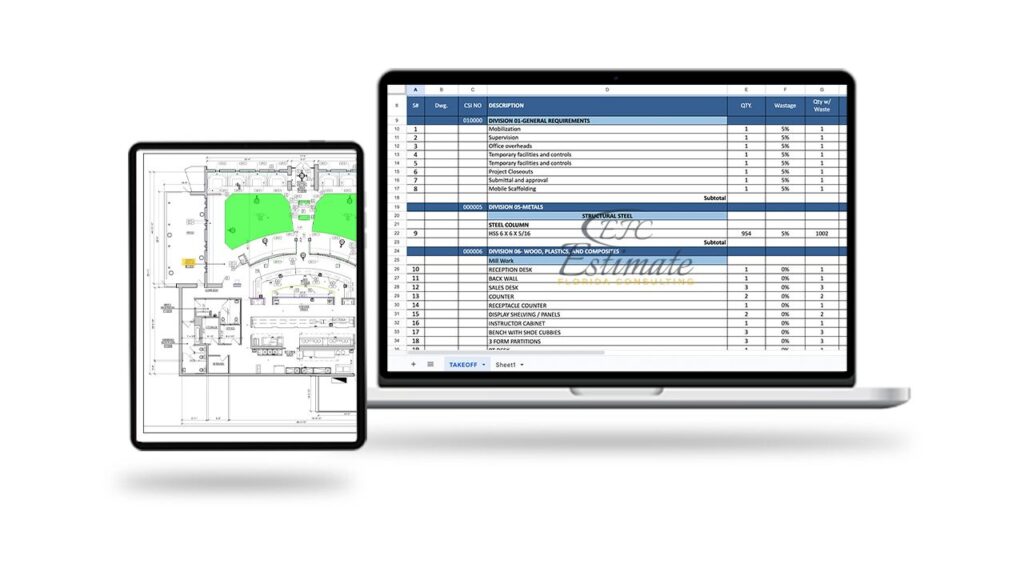
For hotels considering TPO (Thermoplastic Olefin) roofing, the investment encompasses both material and labor costs, with total installation expenses ranging between $7.50 to $10.00 per square foot. Specifically, materials are priced from $2.50 to $3.50 per square foot, while installation labor can cost between $5.00 to $6.50 per square foot. For a typical 10,000 square foot hotel roof, this equates to an overall cost of $75,000 to $100,000 for installation alone. Additional elements such as roof insulation, priced at $2.00 to $4.00 per square foot, and drainage system components, which can add $1,000 to $2,500 to the project, along with walkway pads at $2.50 to $4.00 per square foot, further contribute to the total cost.
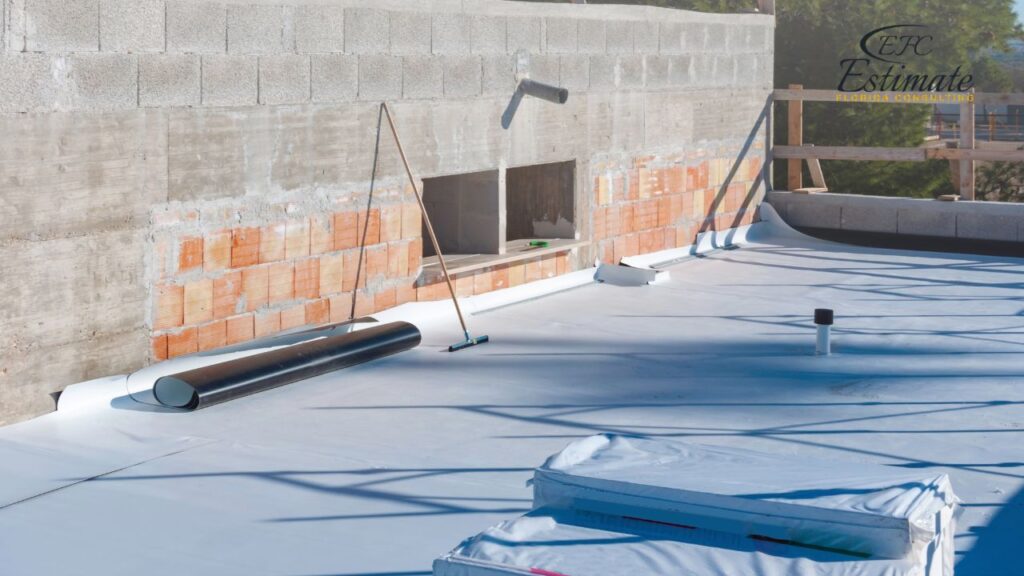
Considering the TPO roofing’s expected lifespan of 20 to 30 years, the annual maintenance cost of $0.20 to $0.50 per square foot is a modest investment in preserving the roof’s efficiency and durability, aligning with the hotel’s long-term sustainability and energy-saving goals.

Cost Component | Estimated Cost Range |
Material Cost (per sq ft) | $2.50 – $3.50 |
Installation Labor (per sq ft) | $5.00 – $6.50 |
Total Installation Cost (per sq ft) | $7.50 – $10.00 |
Roof Insulation (per sq ft) | $2.00 – $4.00 (depending on type and thickness) |
Drainage System Components | $1,000 – $2,500 (total, varies by system complexity) |
Walkway Pads (per sq ft) | $2.50 – $4.00 |
Annual Maintenance Cost | $0.20 – $0.50 (per sq ft) |
Estimated Lifespan | 20 – 30 years |
The dimensions and intricacies of a hotel’s roof play a pivotal role in determining the costs associated with TPO roofing installation. Larger roofs naturally require more materials and labor, contributing to an increase in overall expenses. Additionally, roofs featuring intricate designs, multiple levels, or unique architectural features introduce a level of complexity that may demand specialized skills, customized solutions, and additional labor hours. This complexity not only influences the labor costs but may also necessitate tailored approaches, impacting the overall project budget.
The accessibility of the hotel’s roof is a crucial factor directly affecting labor costs during TPO roofing installation. The ease of access is contingent upon various factors, including the height of the building, the presence of obstacles, and the availability of suitable equipment. The efficiency of the installation process is significantly influenced by these considerations, with challenging access scenarios potentially requiring specialized equipment or safety precautions. Ensuring convenient and safe access to the roof is vital for optimizing labor efficiency and mitigating potential additional costs.
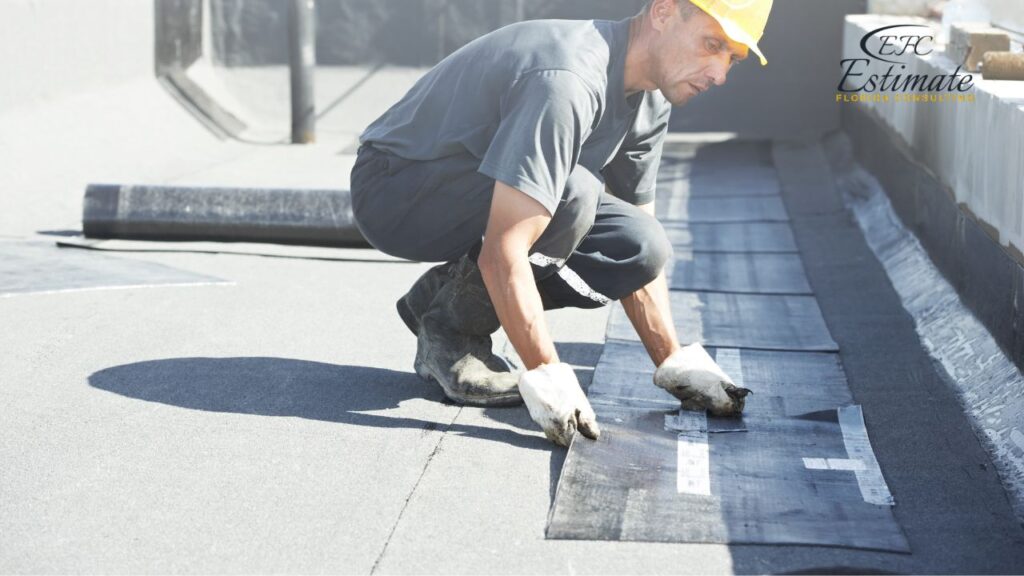
TPO roofing systems often integrate insulation layers to enhance energy efficiency, providing a comprehensive solution for temperature regulation within the hotel. The type and thickness of insulation selected play a pivotal role in determining project costs. High-quality insulation not only contributes to energy efficiency but also aligns with contemporary trends in sustainable and energy-conscious construction practices. As such, the selection of insulation materials becomes a crucial aspect of the TPO roofing project’s overall cost estimation.
The condition of the existing roof deck is a critical consideration in TPO roofing projects. Addressing any issues or damages to the roof deck becomes imperative for the success and longevity of the TPO roofing system. Repairs or potential replacements of the roof deck introduce an additional layer of expense to the overall project budget. Ensuring a solid and structurally sound foundation is paramount for the effective installation and performance of the TPO roofing system.
The geographic location of the hotel introduces variations in material prices, labor rates, and climate considerations, all of which impact TPO roofing costs. Different regions may experience diverse weather challenges, and understanding these unique conditions is essential for selecting TPO roofing materials that provide optimal protection against the elements. Factoring in these geographic nuances enables a more accurate and tailored cost estimate for the TPO roofing project.
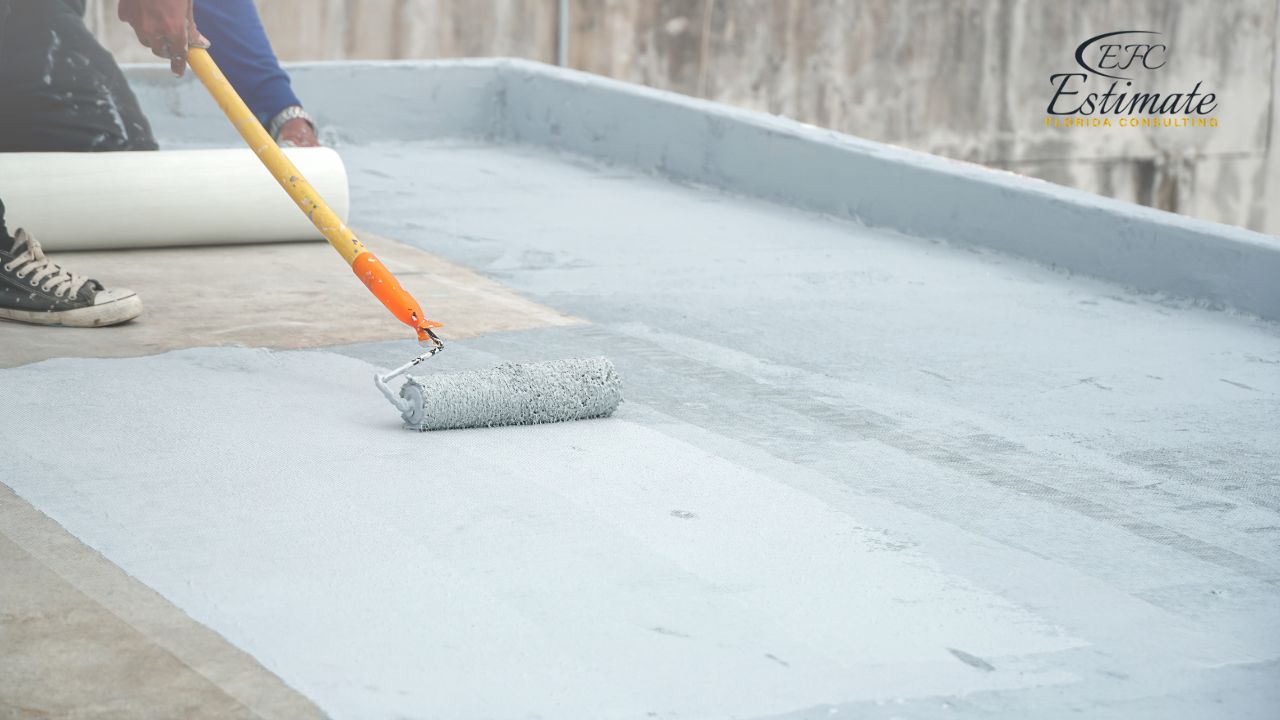
Fully Insured License
Hire Sub-Contractor for Hotel TPO Roofing
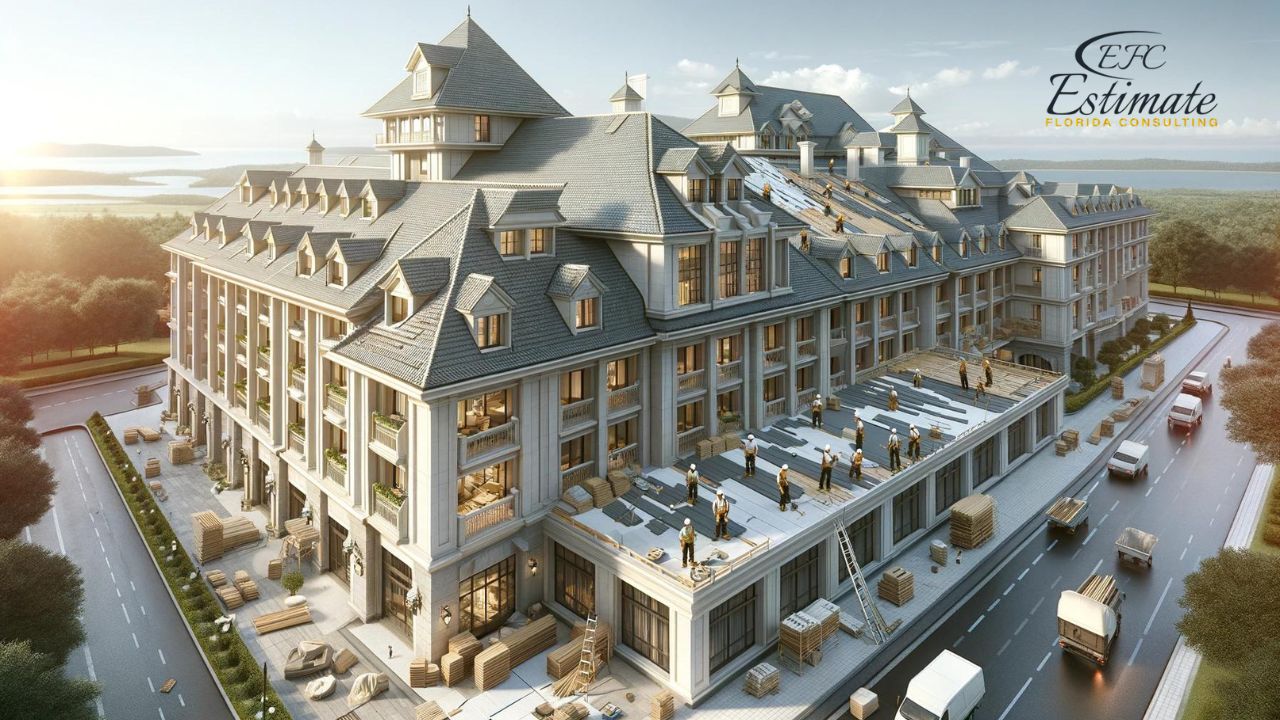
Make Informed Design Decisions Showcase Your Design Ideas
Get RenderingCompliance with local building codes and the acquisition of necessary permits are fundamental steps in the TPO roofing installation process. Expenses associated with ensuring regulatory compliance, including adherence to safety standards and environmental considerations, should be meticulously factored into the overall cost estimate. Proactively addressing these regulatory aspects not only ensures a smooth and lawful installation process but also prevents potential complications that may lead to additional expenses.
TPO roofing systems stand out in the roofing industry for their exceptional durability and longevity, making them a reliable and cost-effective solution for hotels. The robust nature of TPO (Thermoplastic Olefin) materials ensures that the roof can withstand various weather challenges and environmental factors over an extended period. This durability minimizes the need for frequent repairs, contributing significantly to long-term cost savings for hotel owners. TPO roofs are engineered to resist degradation from UV exposure, chemical exposure, and extreme temperature fluctuations, providing a sustainable roofing solution that delivers reliable performance over the years.
One of the practical advantages of TPO roofing is its low maintenance requirements, offering hotel owners a hassle-free roofing solution. TPO roofs generally require minimal upkeep, making them a practical choice for busy hotel operations. Routine inspections and basic maintenance practices, such as clearing debris and checking for any visible issues, are usually sufficient to ensure the continued health and performance of the roofing system. This low maintenance aspect adds to the overall convenience and cost-effectiveness of choosing TPO roofing for hotels.
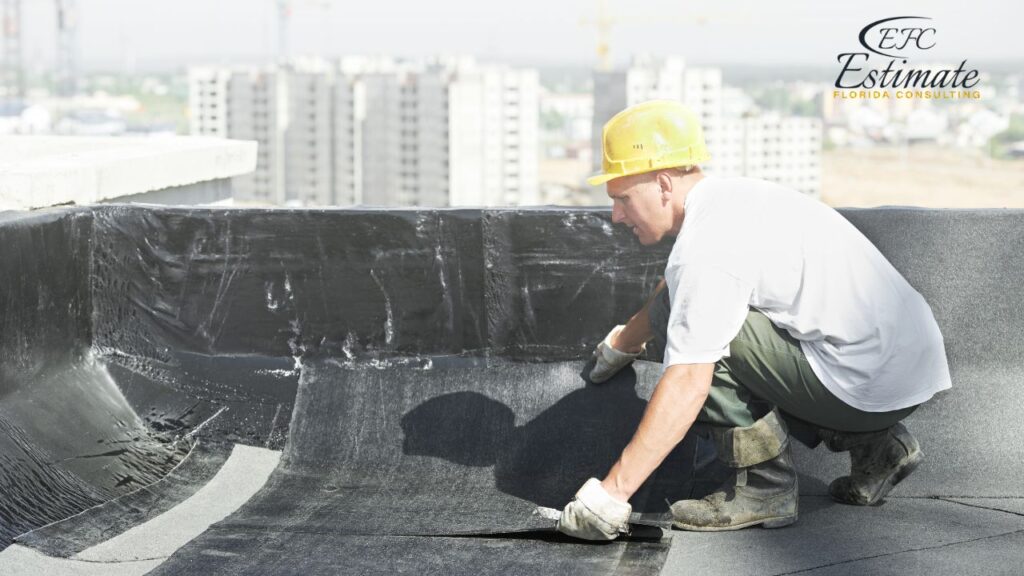
TPO roofing materials offer a high degree of versatility in design, allowing hotel owners to customize the aesthetic appearance of their properties. Hotels can choose from various colors and styles to complement the overall architecture and branding. This design flexibility ensures that TPO roofing not only provides functional benefits but also contributes to the visual appeal of the hotel. Whether a hotel aims for a modern, sleek look or a more traditional appearance, TPO roofing can be tailored to meet diverse design preferences.
The resilience of TPO roofing materials against UV radiation and weathering is a key attribute that contributes to the long-term protection of hotel structures. UV-resistant TPO membranes prevent deterioration and discoloration caused by prolonged exposure to sunlight, ensuring that the roof maintains its integrity and appearance over time. This resistance to weathering factors such as rain, wind, and temperature extremes reinforces TPO roofing as a reliable choice for hotels, particularly in regions with varying climate conditions.
TPO roofing stands out as a champion of energy efficiency, making it a prudent choice for hotels seeking to enhance sustainability and reduce operational costs. One of its key features is the ability to reflect sunlight effectively, preventing excessive heat absorption. This reflective property significantly contributes to the energy efficiency of hotels by minimizing the heat transferred into the building. The enhanced thermal performance of TPO roofing translates into lower heating and cooling costs, providing a dual benefit of environmental conservation and financial savings. Hotel owners can embrace TPO roofing as a strategic step towards a greener and more cost-effective energy profile, aligning with contemporary trends in environmentally conscious construction.
TPO roofing boasts exceptional durability, positioning itself as a resilient and long-lasting roofing solution for hotels. The materials used in TPO roofing systems exhibit resistance to various environmental stressors, including UV radiation, ozone, and chemical exposure. This durability ensures that TPO roofs maintain their structural integrity and appearance over an extended period. By withstanding the harsh effects of external elements, TPO roofing minimizes the need for frequent repairs, contributing significantly to long-term cost savings for hotel owners. The upfront investment in TPO roofing translates into a wise financial decision with enduring benefits for the hotel’s structural integrity.
The installation process of TPO roofing is renowned for its simplicity and efficiency, making it a cost-effective choice for hotel buildings. The straightforward installation procedures associated with TPO roofing contribute to reduced labor costs, especially when compared to more intricate roofing systems. The ease of installation makes TPO roofing an attractive option for hotel owners looking to optimize construction budgets without compromising on quality. This cost-effectiveness, combined with the inherent durability of TPO roofing, positions it as an economically sensible solution for hotels seeking reliable and efficient roofing installations.
TPO roofing materials demonstrate a high degree of resistance to environmental elements, rendering them suitable for diverse climates. The inherent resistance to mold growth and dirt accumulation adds to the longevity and overall performance of the roofing system. Hotels located in regions with varying weather conditions can rely on TPO roofing to withstand environmental challenges, ensuring that the roofing materials maintain their integrity and functionality. The resistance to environmental elements positions TPO roofing as a dependable choice for hotels aiming for roofing solutions that stand up to the test of time and diverse weather patterns.
TPO roofing materials offer a palette of colors, providing hotel owners with the opportunity to customize the aesthetics of their roofing systems. This versatility in design allows hotels to align the roofing appearance with their architectural themes and branding strategies. Whether a hotel seeks a modern, vibrant look or a more subdued and classic aesthetic, TPO roofing can be tailored to meet diverse design preferences. The adaptability in design ensures that TPO roofing goes beyond functional benefits, making a positive contribution to the overall visual appeal of hotels.
Estimating the cost of TPO roofing for hotel buildings involves a meticulous consideration of factors such as roof size, accessibility, insulation requirements, roof deck condition, geographic location, and local regulations. Following a systematic approach during the estimation process and collaborating with experienced roofing professionals contribute to the success of the project. The benefits of TPO roofing, including energy efficiency, durability, and cost-effectiveness, make it a compelling choice for hotel owners seeking a reliable roofing solution.
TPO (Thermoplastic Olefin) roofing stands out in the commercial roofing landscape, especially for hospitality buildings, due to its robustness, thermal regulation, and streamlined installation process. Its suitability for hotels is underpinned by its adaptability across different weather conditions, its capacity to lower energy expenses through its reflective properties, and its array of design possibilities to match any architectural style.
The estimation of TPO roofing expenses involves a detailed analysis encompassing the roof’s dimensions, design intricacies, the ease of access to the roof, the specifications for thermal insulation, the state of the existing roofing foundation, the project’s geographic setting, and adherence to any local building standards. These aspects collectively determine the comprehensive cost framework, which is further shaped by the specific nuances of each project, the local cost of labor, and the selection of materials.
Critical to the cost estimation process are the roof’s overall size and structural complexity, access considerations, thermal insulation needs, the current condition of the roofing base, and the project’s location. These elements play a significant role in shaping the final budgetary requirements, ensuring a thorough and accurate financial planning process for the TPO roofing installation.
TPO roofing materials are engineered to reflect UV rays, significantly reducing heat absorption by the building and, consequently, decreasing the reliance on indoor cooling systems. This reflective capability, coupled with the strategic incorporation of insulating materials, substantially improves the building’s energy performance, leading to reduced energy costs and enhanced comfort for occupants.
TPO roofing extends several advantages beyond its cost-effectiveness; it is celebrated for its exceptional longevity, minimal upkeep, design flexibility, and environmental resilience. These attributes render TPO an ideal roofing solution for hotels aiming to achieve a blend of functional efficiency, aesthetic coherence, and long-term sustainability in their roofing choice.
Here I am going to share some steps to get your TPO roofing hotels estimate estimate report.
You can send us your plan on info@estimatorflorida.com
Before starting your project, we send you a quote for your service. That quote will have detailed information about your project. Here you will get information about the size, difficulty, complexity and bid date when determining pricing.
Our team will takeoff and estimate your project. When we deliver you’ll receive a PDF and an Excel file of your estimate. We can also offer construction lead generation services for the jobs you’d like to pursue further.



561-530-2845
info@estimatorflorida.com
Address
5245 Wiles Rd Apt 3-102 St. Pete Beach, FL 33073 United States
561-530-2845
info@estimatorflorida.com
Address
5245 Wiles Rd Apt 3-102 St. Pete Beach, FL 33073 United States
All copyright © Reserved | Designed By V Marketing Media | Disclaimer